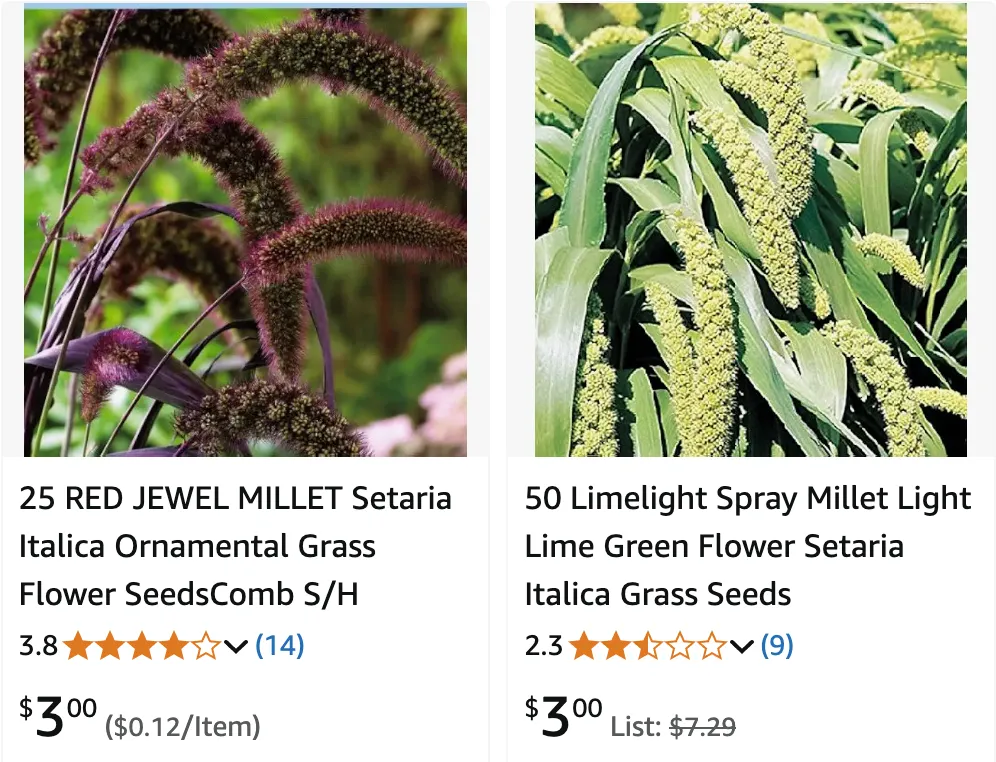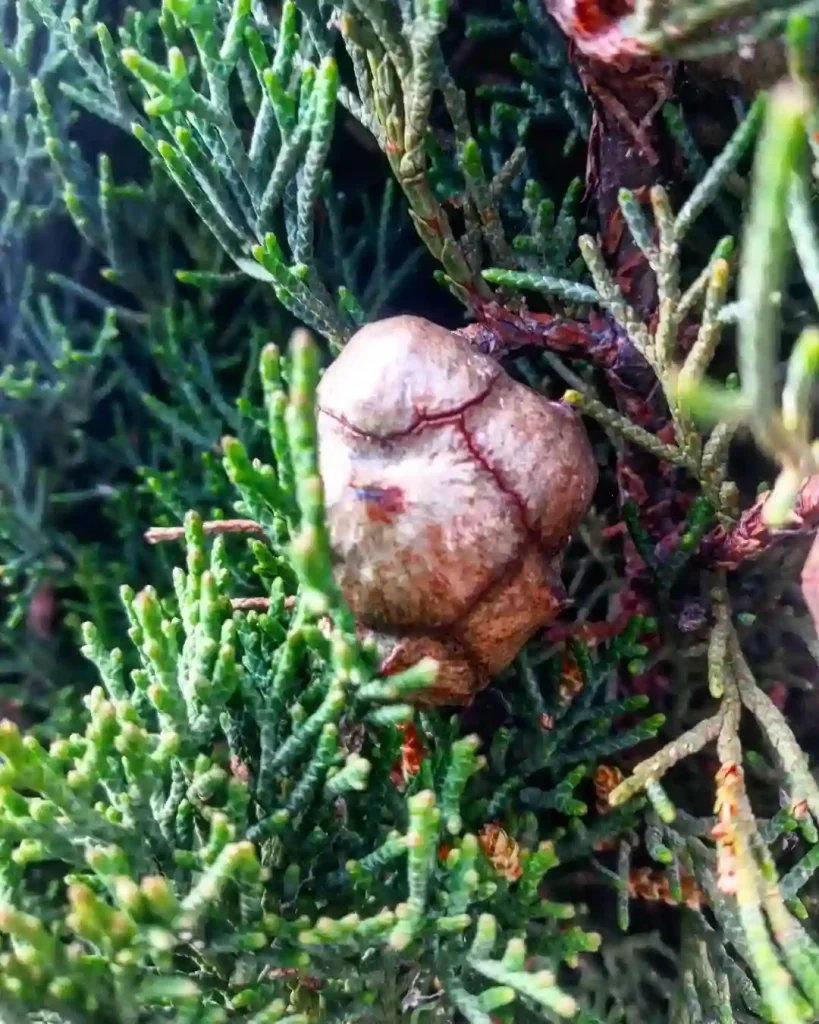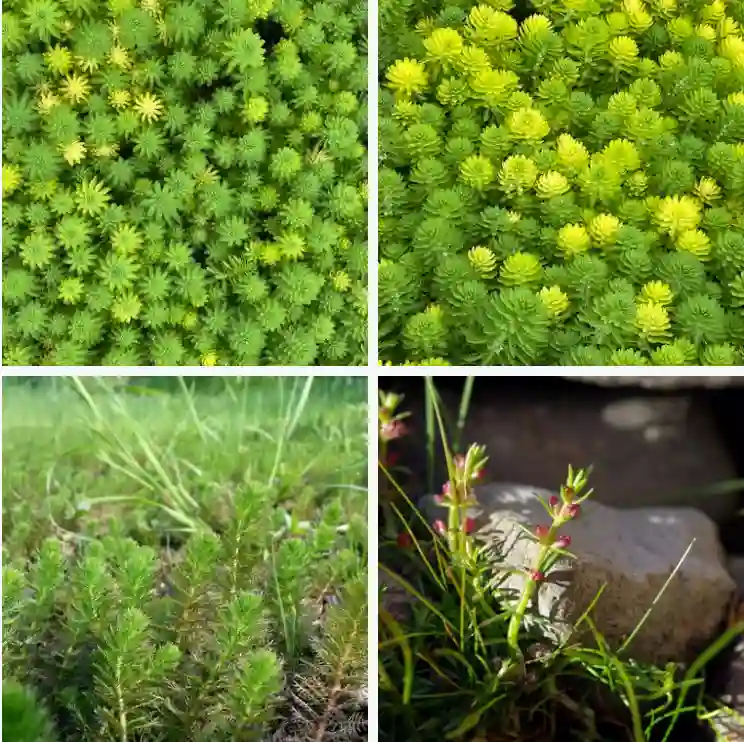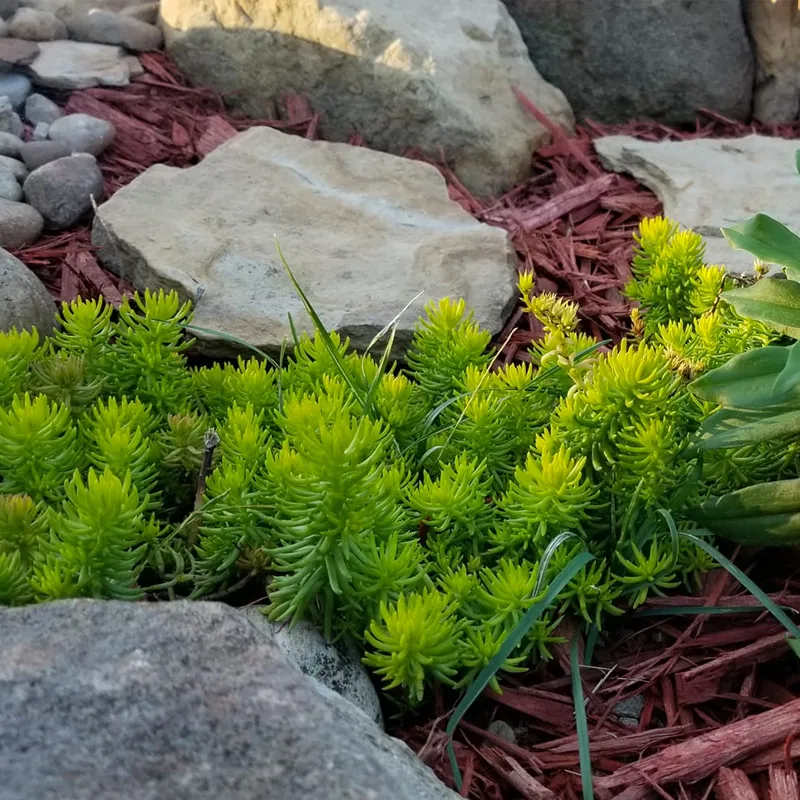
August 7 – Setaria
"Setaria, the foxtail grass, defines August 7."
Setaria symbolizes adaptability and perseverance. You thrive in diverse environments, showcasing your ability to make the best of any situation. Like the elegant sway of its foxtails in the breeze, your presence exudes grace and resilience.
The Bristly World of Setaria: A Personal Exploration
My name is Ferb Vu, and like many, I’ve always appreciated the beauty of the natural world. But it wasn’t until recently that I truly began to delve into the fascinating world of plants, specifically a genus known as Setaria. These grasses belong to the Poaceae family, often dismissed as mere weeds, hold a unique charm and ecological importance that captivated my attention.
Setaria, derived from the Latin word “seta” meaning “bristle,” perfectly describes the defining characteristic of these plants: their bristly inflorescences. These bristles, which subtend the spikelets, give the seed heads a distinctive, almost fuzzy appearance. This unique feature not only aids in seed dispersal but also adds to their visual appeal.
A Diverse Genus
The genus Setaria is surprisingly diverse, with over 100 species found across the globe. They thrive in a variety of habitats, from open grasslands and disturbed areas to woodlands and even wetlands. This adaptability is a testament to their resilience and evolutionary success.
- Setaria adhaerens (Forssk.) Chiov.
- Setaria albovillosa (S.T.Blake) R.D.Webster
- Setaria alonsoi Pensiero & A.M.Anton
- Setaria ankarensis (A.Camus) ined.
- Setaria apiculata (Scribn. & Merr.) K.Schum.
- Setaria appendiculata (Hack.) Stapf
- Setaria arizonica Rominger
- Setaria atrata Hack.
- Setaria australiensis (Scribn. & Merr.) Vickery
- Setaria austrocaledonica (Balansa) A.Camus
- Setaria aversa (Vickery) R.D.Webster
- Setaria barbata (Lam.) Kunth
- Setaria barbinodis R.A.W.Herrm.
- Setaria basiclada (Hughes) R.D.Webster
- Setaria bathiei A.Camus
- Setaria bosseri A.Camus
- Setaria brigalow R.D.Webster
- Setaria brownii Desv.
- Setaria carinata S.Nozawa & Pensiero
- Setaria cernua Kunth
- Setaria chapmanii (Vasey) Pilg.
- Setaria chondrachne (Steud.) Honda
- Setaria clementii (Domin) R.D.Webster
- Setaria clivalis (Ridl.) Veldkamp
- Setaria constricta (Domin) R.D.Webster
- Setaria cordobensis R.A.W.Herrm.
- Setaria corrugata (Elliott) Schult.
- Setaria criniformis (S.T.Blake) R.D.Webster
- Setaria desertorum (A.Rich.) Morrone
- Setaria dielsii R.A.W.Herrm.
- Setaria distans (Trin.) Veldkamp
- Setaria distantiflora (A.Rich.) Pilg.
- Setaria elegantula (Mez) Morat
- Setaria faberi R.A.W.Herrm.
- Setaria fiebrigii R.A.W.Herrm.
- Setaria finita Launert
- Setaria flavida (Retz.) Veldkamp
- Setaria forbesiana (Nees ex Steud.) Hook.f.
- Setaria gausa (S.T.Blake) R.D.Webster
- Setaria geminata (Forssk.) Veldkamp
- Setaria globoidea (Domin) R.D.Webster
- Setaria globulifera (Steud.) Griseb.
- Setaria gracillima Hook.f.
- Setaria grandis Stapf
- Setaria grandispiculata (B.K.Simon) R.D.Webster
- Setaria grisebachii E.Fourn.
- Setaria guizhouensis S.L.Chen & G.Y.Sheng
- Setaria hassleri Hack.
- Setaria homonyma (Steud.) Chiov.
- Setaria humbertiana A.Camus
- Setaria hunzikeri Anton
- Setaria incrassata (Hochst.) Hack.
- Setaria intermedia Roem. & Schult.
- Setaria italica (L.) P.Beauv.
- Setaria jaffrei Morat
- Setaria johnsonii (B.K.Simon) ined.
- Setaria jubiflora (Trin.) R.D.Webster
- Setaria kagerensis Mez
- Setaria lachnea (Nees) Kunth
- Setaria latifolia (Scribn.) R.A.W.Herrm.
- Setaria leonis (E.Ekman) León
- Setaria leucopila (Scribn. & Merr.) K.Schum.
- Setaria liebmannii E.Fourn.
- Setaria limensis Tovar
- Setaria lindenbergiana (Nees) Stapf
- Setaria longipila E.Fourn.
- Setaria longiseta P.Beauv.
- Setaria macrosperma (Scribn. & Merr.) K.Schum.
- Setaria macrostachya Kunth
- Setaria madecassa A.Camus
- Setaria magna Griseb.
- Setaria megaphylla (Steud.) T.Durand & Schinz
- Setaria mendocina Phil.
- Setaria mildbraedii Mez ex C.E.Hubb.
- Setaria montana Reeder
- Setaria nicorae Pensiero
- Setaria nigrirostris (Nees) T.Durand & Schinz
- Setaria oblongata (Griseb.) Parodi
- Setaria obscura de Wit
- Setaria obtusifolia (Delile) Morrone
- Setaria oplismenoides R.A.W.Herrm.
- Setaria orthosticha K.Schum. ex R.A.W.Herrm.
- Setaria palmeri Henrard
- Setaria palmifolia (J.Koenig) Stapf
- Setaria pampeana Parodi ex Nicora
- Setaria paraguayensis Pensiero
- Setaria parodii Nicora
- Setaria parviflora (Poir.) Kerguélen
- Setaria paspalidioides Vickery
- Setaria paucifolia (Morong) Lindm.
- Setaria perrieri A.Camus
- Setaria petiolata Stapf & C.E.Hubb.
- Setaria pflanzii Pensiero
- Setaria plicata (Lam.) T.Cooke
- Setaria poiretiana (Schult.) Kunth
- Setaria pradana (León ex C.L.Hitchc.) León
- Setaria pseudaristata (Peter) Pilg.
- Setaria pumila (Poir.) Roem. & Schult.
- Setaria punctata (Burm.f.) Veldkamp
- Setaria queenslandica Domin
- Setaria rara (R.Br.) R.D.Webster
- Setaria reflexa (R.D.Webster) R.D.Webster
- Setaria restioidea (Franch.) Stapf
- Setaria retiglumis (Domin) R.D.Webster
- Setaria reverchonii (Vasey) Pilg.
- Setaria rigida Stapf
- Setaria roemeri Jansen
- Setaria rosengurttii Nicora
- Setaria sagittifolia (A.Rich.) Walp.
- Setaria scabrifolia (Nees) Kunth
- Setaria scandens Schrad.
- Setaria scheelei (Steud.) Hitchc.
- Setaria scottii (Hack.) A.Camus
- Setaria setosa (Sw.) P.Beauv.
- Setaria spartella (S.T.Blake) R.D.Webster
- Setaria sphacelata (Schumach.) Stapf & C.E.Hubb. ex Moss
- Setaria stolonifera Boldrini
- Setaria submacrostachya Luces
- Setaria sulcata Raddi
- Setaria surgens Stapf
- Setaria tabulata (Hack.) R.D.Webster
- Setaria taolanensis A.Camus
- Setaria tenacissima Schrad.
- Setaria tenax (Rich.) Desv.
- Setaria texana Emery
- Setaria uda (S.T.Blake) R.D.Webster
- Setaria utowanaea (Scribn.) Pilg.
- Setaria vaginata Spreng.
- Setaria variifolia (Swallen) Davidse
- Setaria vatkeana K.Schum.
- Setaria verticillata (L.) P.Beauv.
- Setaria villosissima (Scribn. & Merr.) K.Schum.
- Setaria viridis (L.) P.Beauv.
- Setaria vulpiseta (Lam.) Roem. & Schult.
- Setaria welwitschii Rendle
- Setaria yunnanensis Keng f. & K.D.Yu
Ecological Significance
While some Setaria species are considered weeds, they play a vital role in their respective ecosystems. They provide food and shelter for various wildlife, including birds and small mammals. Their extensive root systems help to stabilize the soil and prevent erosion. Moreover, some species have been used in traditional medicine and for other practical purposes.
For instance, Setaria italica has been cultivated for thousands of years as a food source. Its grains are rich in carbohydrates and other nutrients, making it a valuable crop in many parts of the world. Other species, like Setaria palmifolia, are used for ornamental purposes due to their attractive foliage.
Personal Observations
In my own explorations, I’ve been struck by the resilience and adaptability of Setaria. I’ve encountered them in a variety of settings, from urban sidewalks to rural fields. Their ability to thrive in diverse conditions is a testament to their hardiness.
I’ve also been fascinated by the intricate structure of their inflorescences. The bristles, which vary in color and length depending on the species, create a delicate and intricate pattern. Under a magnifying glass, these structures reveal their true beauty.
Future Directions
My journey into the world of Setaria has just begun. I’m eager to learn more about their taxonomy, ecology, and evolutionary history. I believe there’s much more to discover about these fascinating plants.
I’m particularly interested in exploring the potential uses of Setaria species, both for ecological restoration and for practical applications. Their adaptability and resilience make them ideal candidates for various purposes, from soil stabilization to biofuel production.
In conclusion, Setaria is a genus of grasses that deserves more attention and appreciation. While some may view them as mere weeds, they are in fact vital components of our ecosystems and hold great potential for future applications. I encourage everyone to take a closer look at these fascinating plants and discover their unique beauty and ecological significance.
If i die, water my plants!



